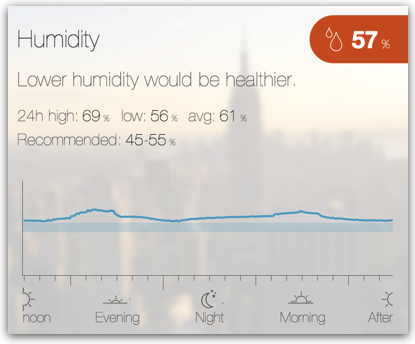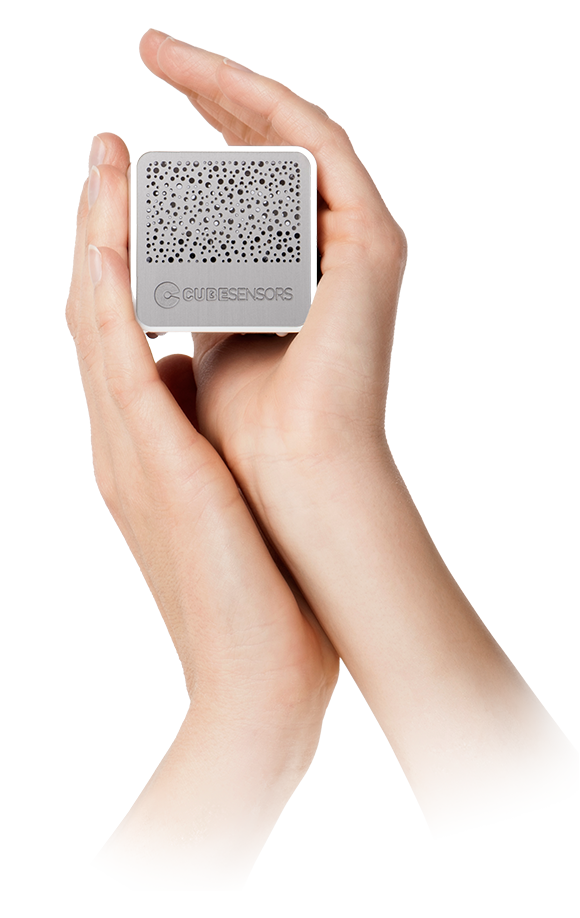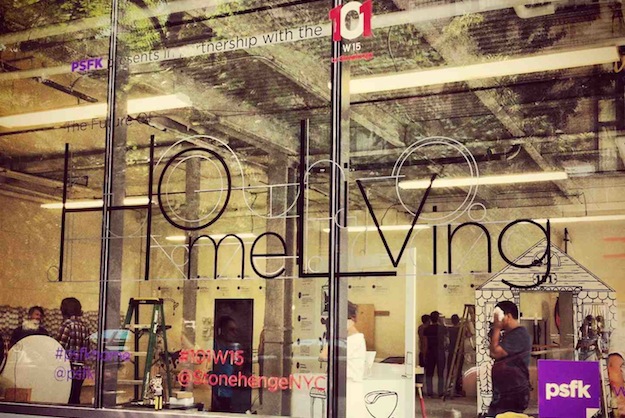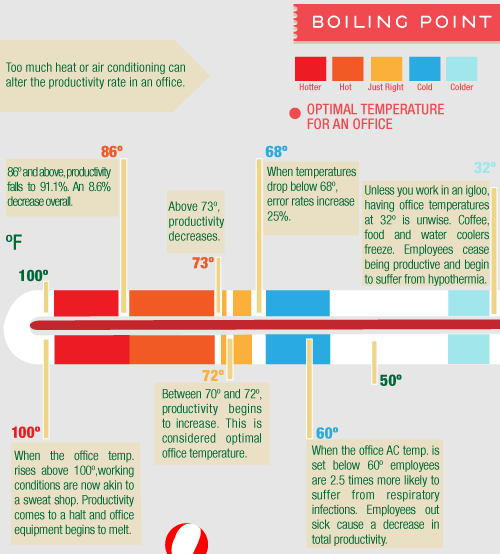Reduce high humidity levels in your home, breathe more easily
by Alja Isakovic
With summer temperatures reaching over 38°C (100°F), the CubeSensors at our office in Ljubljana and at PSFK’s Future of Home Living Exhibition in New York often have a common complaint: the relative humidity is dancing above the recommended 55%. Why does this even matter and what can you do about high humidity levels?

High humidity causes health problems
The most easily noticeable consequences of relative humidity rising over 60% and above are the air feeling stale, your hair getting frizzy, and feeling hotter than it really is. That’s because more humidity in the air means your sweat is not evaporating as fast as it usually does. In other words, your body’s natural cooling mechanism starts breaking down.
High humidity also has other, more serious side effects. From causing sleeping problems, to putting up a big, shiny welcome sign for various moulds, harmful bacteria and dust mites. And moulds are not just an eye sore. They release mould spores into the air you breathe throughout the day. Some of these spores can trigger allergies, asthma attacks, irritate your eyes, nose or throat, and bring on a whole bunch of other respiratory problems. That can be especially dangerous if you have existing respiratory conditions. Children and the elderly are also more vulnerable to mould.
Dealing with high humidity at its source
It’s pretty obvious that you don’t want to be growing moulds in your home or office. And the best way to declare war on moulds is to keep the relative humidity below 55% in all rooms. The good news is that moulds need 24 to 48 hours of elevated moisture to begin growing. So you shouldn’t worry if your kitchen gets temporarily more humid while cooking, as long as you can bring the humidity back down into the recommended range.
A lot of other common activities can also increase the relative humidity in your home or office. Hot showers and baths make your bathroom one of the most humid rooms of your home. Doing laundry, running the dishwasher, air drying clothes, having houseplants with exposed soils, and even breathing brings additional moisture into the air. The best way to deal with this type of humidity is to keep your home thoroughly ventilated. Exhaust fans can be especially helpful in humidity hot spots like the kitchen or bathroom.
Humidity can even be a problem in new homes that trap moisture inside due to their high efficiency. Good ventilation can again help in this case, so make sure to open your airtight windows regularly. In older homes, watch out for leaking pipes, taps, walls, roofs. Fix any leakages immediately and make sure to inspect your home at a regular basis.
Air conditioning is your friend, watch out for dust
Once you’ve dealt with common sources of moisture in your home or office, it’s time to call technology to the rescue to keep humidity within reasonable levels. Air conditioning units take out moisture from the air while cooling, so that’s a perfect solution for high humidity on hot summer days. Many A/C units also have a “dry mode” that will remove some of the humidity in a room without blowing out cold air. High humidity can also be an issue during winter in unheated spaces such as basements. If you notice condensation, you can install extra insulation or just keep the room warmer. It can also help to get some natural light in, as mould thrives in dark spaces.
It gets tricky though if you live in a region with high outdoors humidity. In this case, opening windows to ventilate won’t do you much good. Try to lower your indoor humidity levels with air conditioning. For extra help, you can also get a dedicated dehumidifier. Especially if your relative humidity levels are regularly above 65%. Whole home dehumidifiers require installation and are more expensive, but you can also get a more affordable portable dehumidifier that you can move around the house as needed. If you’re on a budget, you can even try making your own dehumidifier using rock salt.
A final word of advice. If you have an existing mould problem, it can be challenging to get it removed completely. Moulds are especially fond of organic materials. Carpets, wood, wallpapers, fabrics, furniture are all examples of materials mould loves to hide in even once it runs out of moisture. Mould is also very fond of dust, so a vacuum cleaner with a HEPA filter can help you keep mould away.


